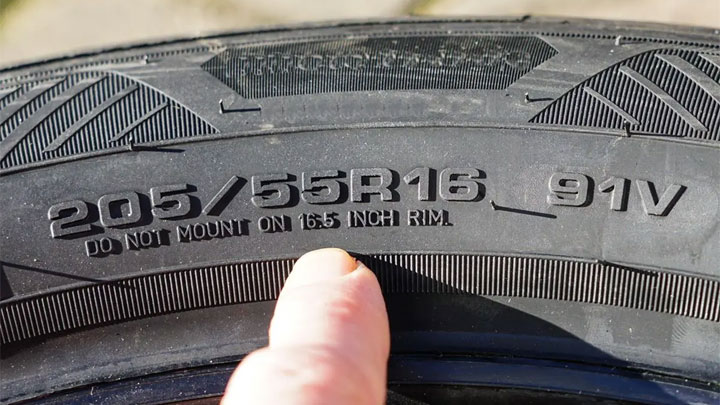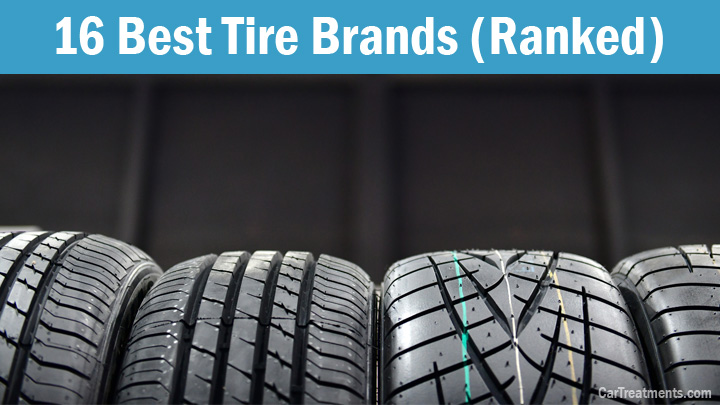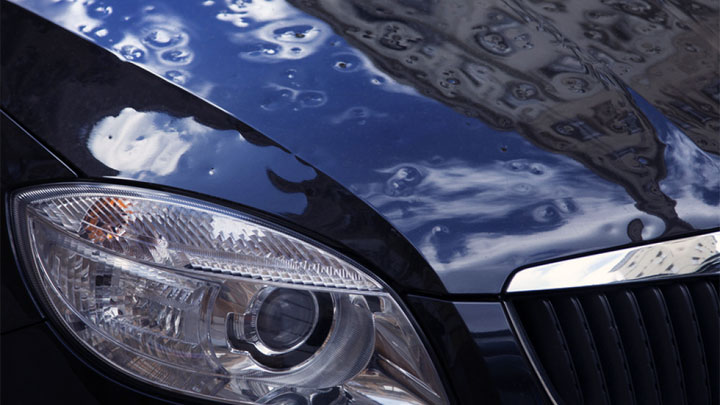Last Updated on March 26, 2021
Car owners often don’t think about all the markings on the sides of their tires. They figure that knowing the brand and model of their tires is good enough if they ever need to replace one.
However, there are also markings which pertain to the size of the tire and the safety standards set forth by the federal government. The markings are supposed to be proof that the tire satisfies these safety standards and size requirements.
Aside from that, the Uniform Tire Quality Grading code will be marked on the tire too. This will provide information about the maximum amount of inflation pressure, load, and speed allowed for the tire.
Related: 16 Best Tire Brands
Reading Tire Sizes
When someone needs to purchase a new tire, they’ll usually go to a tire shop or dealership and have them determine the size of the replacement tire needed.
But you can save a lot of money and get exactly the tires you want by figuring out this information yourself. All it takes is for you to understand the markings on the sides of the tires. Below are 5 proper ways to read the tire size.
See Also: What Do the Numbers on Motor Oil Mean?
Tire Type
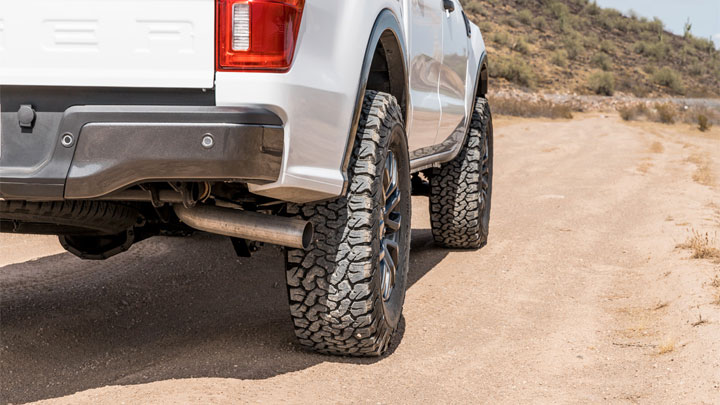
Before you worry about the specific size measurements of the tire, you need to first make sure it is the right type of tire. After all, there are tires made specifically for passenger cars, light trucks, and so on.
To find out which type of tire you have, look at the side wall of the tire. You should see a series of numbers which start with one or two letters. If the numbers start with a P, then it means that the tire is for passenger cars. If it starts with an “LT,” the tire is for light trucks.
See Also: How Long You Can Drive a Spare (Donut, Full-Size, Run-Flat)
Tire Width

Some tires will list the width in millimeters and others will list it in inches. If you see three numbers on the tire’s sidewall coming after the previous letter mentioned, then these numbers represent the total millimeters of the tire’s width.
If you see two numbers after the letter, then it is in inches. The width is measured from one side of the tire straight to the other side.
Related: Are Wheel Spacers Safe? (and Their Pros/Cons)
Aspect Ratio

After the tire width, there will be a forward slash followed by an aspect ratio number. The aspect ratio is another way of saying the ratio of the width of the sidewall to the height of it. The ratio number is the percentage of the width which determines the height.
For example, if the aspect ratio is 60, then 60% of the width of the tire will equal the height. The larger the aspect ratio, the taller/higher the tire’s sidewall. When you see sporty cars with what look like skinny tires from the side, these are commonly referred to as “low profile” tires and these have a low aspect ratio.
Tire Construction
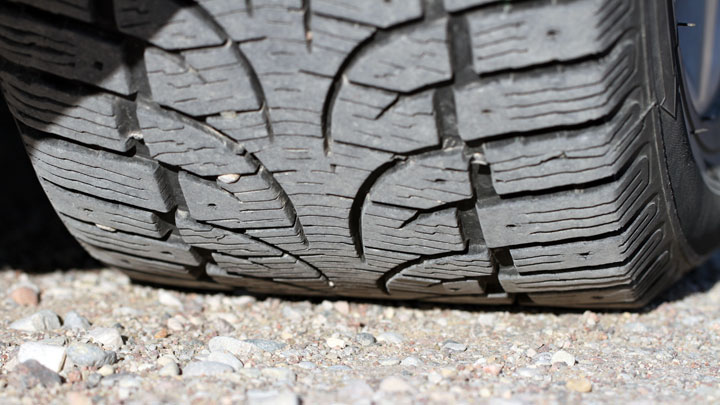
The double-digit aspect ratio number is often followed by a letter. This letter represents the type of tire construction. The most common letter found here is “R” which stands for radial. A professional auto mechanic will understand what the letter here means.
Radial is the most common construction technique used for making tires. Some other less common letters you might find here are “B” for belted bias or “D” for diagonal bias.
Related: 5 Causes of Inside Tire Wear
Wheel Diameter
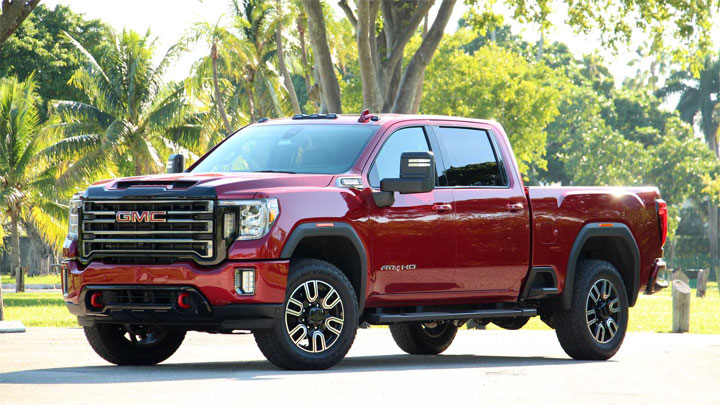
The final number which is listed at the end is the wheel diameter size. This number will most likely be in inches and it determines the size of the wheel that can fit inside the tire. For example, if you see the number 18 at the end, then it means the tire can fit any wheel that is 18 inches in diameter.
See Also: Best Snow Chains (for 16, 17, 18, and 19-inch Tires)
Conclusion
Now you know the basic ways of reading tire sizes. In most scenarios, you can just copy the numbers and letters that you see on the sidewall of your tire and then find a new tire which has those same numbers and letters.
However, it is still important that you know what they mean in case you need to ask around for the right tire size.

